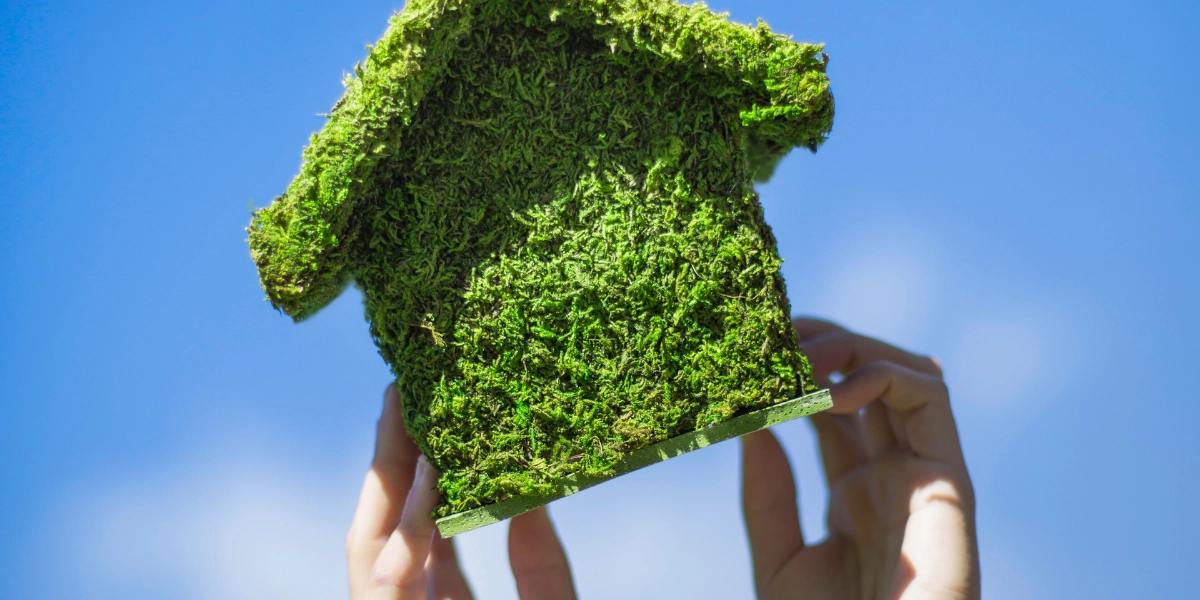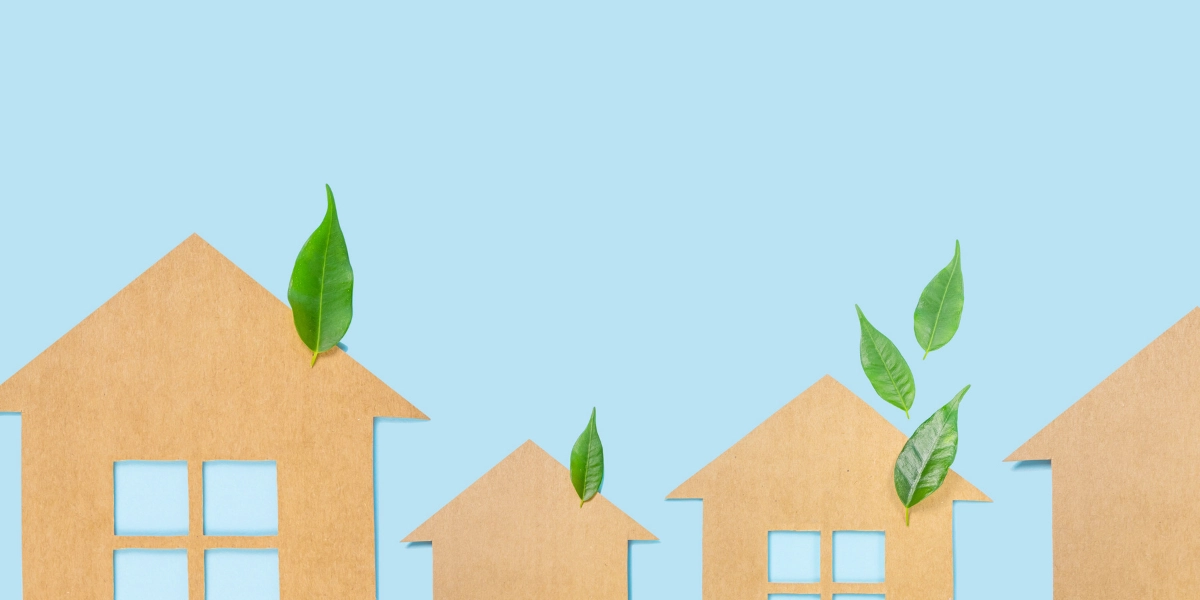
- Blog
- 4 Feb 2025
Benefits of Green Building Practices
Green building practices are changing the way we think about construction. They focus on creating environmentally friendly, economically viable, and healthy buildings for people to live and work in. By using sustainable materials and innovative designs, green buildings reduce energy use, minimize waste, and help protect the environment. In this article, we will explore the benefits of sustainable construction practices, from their impact on the environment to the economic and social advantages they offer.
Environmental Benefits of Green Building Practices
Green building practices bring many environmental benefits that make our world a healthier place. These practices aim to reduce the negative impacts of construction and promote the use of resources in a responsible way. By focusing on energy efficiency, water conservation, and waste reduction, sustainable construction is designed to have a minimal environmental footprint, which helps create a more sustainable future for everyone.
Reduced Carbon Footprint
One of the main goals of sustainable construction is to reduce the carbon footprint of a building. By using renewable energy sources like solar or wind, green buildings cut down on the use of fossil fuels. They also use sustainable materials, such as natural fiber, which produce fewer emissions compared to traditional construction materials. Lower energy use during construction and operation means fewer greenhouse gases are emitted, helping combat climate change.
Energy Efficiency
Green buildings are designed to use less energy. By incorporating features like better insulation, energy-efficient lighting, and renewable energy sources, they significantly reduce their energy consumption. Materials such as PVC foam are used to provide excellent insulation, which helps maintain indoor temperatures without relying heavily on heating or cooling systems. This reduces the demand for non-renewable energy sources, making sustainable construction a key part of the solution to energy problems.
Water Conservation
Another important environmental benefit of sustainable construction is water conservation. Green buildings often use low-flow fixtures, rainwater harvesting systems, and efficient irrigation methods to reduce water consumption. By collecting and reusing rainwater, sustainable construction ensures that fresh water is not wasted. These practices help conserve precious water resources and reduce the strain on local water supplies, making a significant impact on sustainability.
Waste Reduction
Waste reduction is a core principle of green building practices. During construction, sustainable construction promotes the reuse and recycling of materials, reducing the amount of waste that goes to landfills. Materials like glass reinforced concrete can be used to build durable structures while reducing waste. In addition, sustainable construction are designed with modular components that can be disassembled and reused in other projects, which further minimizes waste.
Economic Benefits of Green Building
Green building practices are not just good for the environment; they also bring many economic advantages. These buildings are more efficient, which means they save money over time. While the initial cost of sustainable construction may be higher, the long-term savings on energy and water bills make it a smart investment. Moreover, sustainable construction often has a higher property value and appeals more to buyers and tenants who want to live in sustainable spaces.
Energy-efficient designs help reduce utility costs, and sustainable constructions also require less maintenance because of the quality of the materials used. For example, basalt fiber is a strong and durable material that helps extend the life of the building while reducing repair costs. By focusing on efficiency, sustainable construction can provide significant savings for owners and occupants alike.
Health and Social Benefits of Green Building Practices

Green buildings are not just about saving energy and money; they are also about creating healthier living spaces for people. By using non-toxic materials, improving air quality, and maximizing natural light, sustainable construction practices can make indoor environments healthier and more comfortable.
Materials like epoxy resin are used because they have low levels of volatile organic compounds (VOCs), which reduces the number of harmful chemicals released into the air. Green buildings also make use of natural ventilation and high-quality air filters, which improve indoor air quality and reduce the risk of respiratory issues. More natural light, better air quality, and reduced exposure to harmful chemicals all contribute to a healthier environment, benefiting both mental and physical health.
Green Building Certifications and Standards
Green building certifications help ensure that buildings meet high standards of sustainability. These certifications set guidelines that builders can follow to make sure their projects are environmentally friendly and efficient. Let’s look at some of the key sustainable construction certifications.
LEED Certification
LEED (Leadership in Energy and Environmental Design) is one of the most widely recognized sustainable construction certification programs. LEED-certified buildings meet strict criteria for energy use, water efficiency, and overall environmental impact. The certification encourages builders to use sustainable materials, reduce waste, and design efficient energy systems. LEED has different levels of certification, such as Silver, Gold, and Platinum, which indicate how well a building meets green standards.
BREEAM Certification
BREEAM (Building Research Establishment Environmental Assessment Method) is another prominent certification for green buildings. It focuses on various aspects of sustainability, including energy use, health and well-being, pollution, and waste management. BREEAM-certified buildings are assessed based on their entire lifecycle, from design to operation, ensuring that they meet the highest standards of sustainability.
WELL Building Standard
The WELL Building Standard focuses specifically on the health and well-being of the building occupants. While other certifications focus more on energy efficiency and sustainability, WELL takes into account factors like air quality, lighting, and comfort to improve the quality of life for those using the building. The goal of WELL certification is to create spaces that positively impact health, which makes it an important standard for buildings where people spend a lot of time, such as homes, offices, and schools.
Green building practices not only benefit the environment but also provide economic and social advantages. By adopting sustainable materials and methods, such as using natural fiber and basalt fiber, and seeking certifications like LEED and BREEAM, we can ensure that the buildings of today are designed for a healthier and greener future. As more people and industries understand the importance of sustainability, sustainable construction will continue to grow and shape the way we build our communities.


